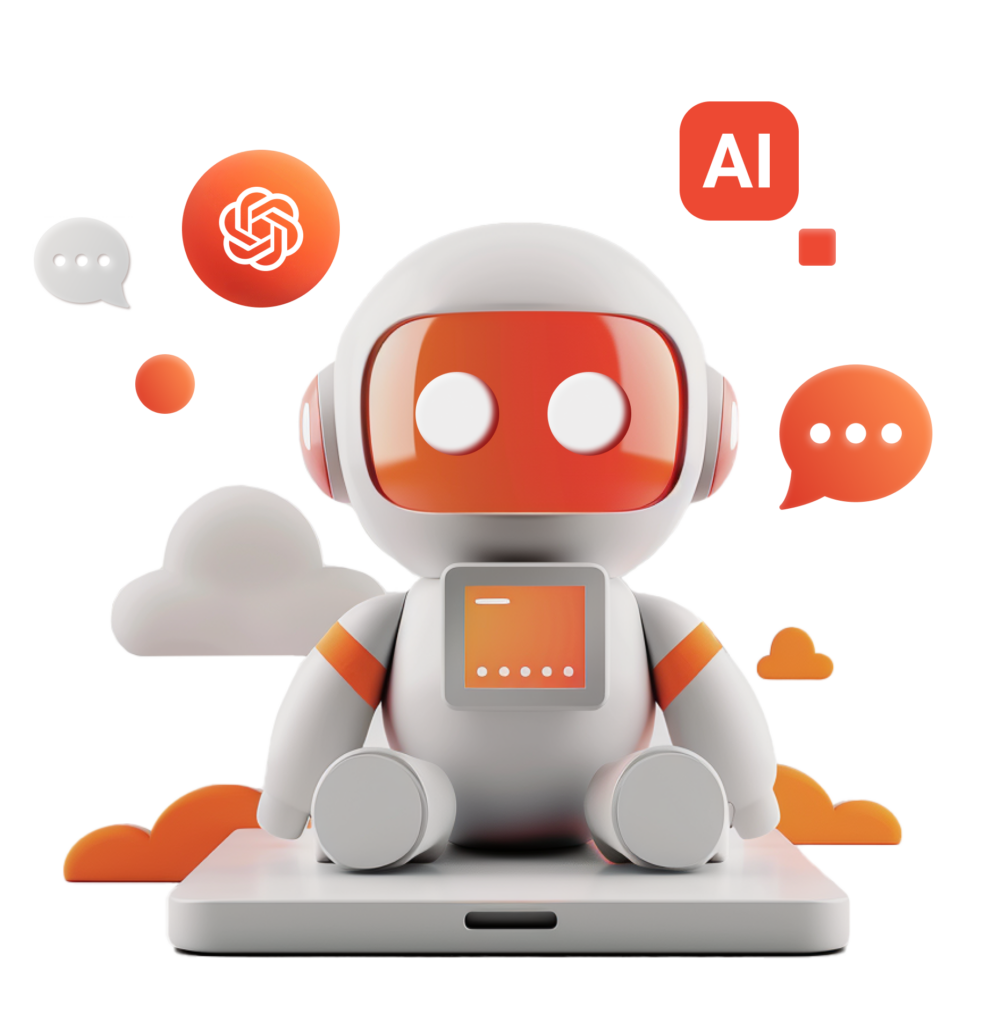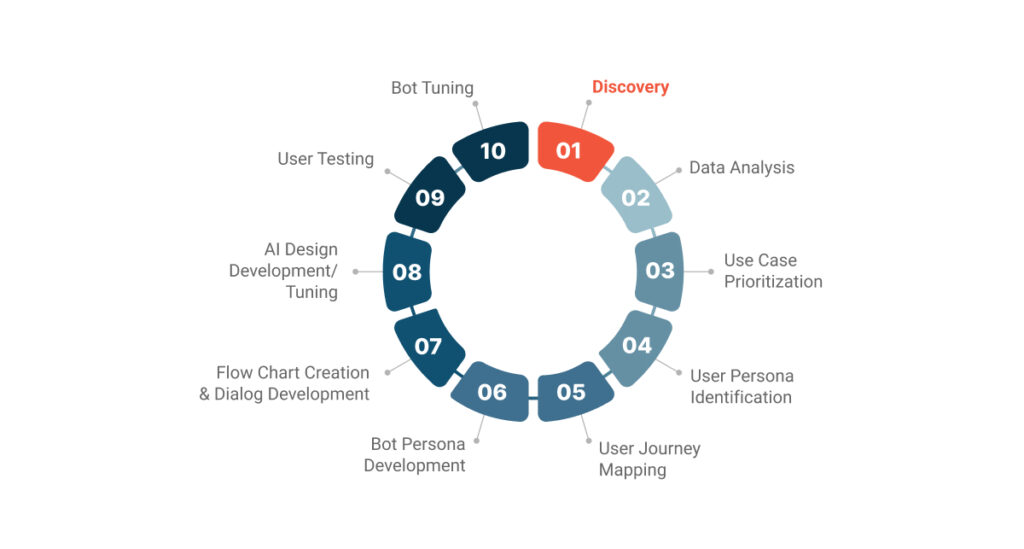
GO Malta
Audit
-
 Documented bot persona & tone of voice
Documented bot persona & tone of voice
-
 Outlined main flows based on the analytical data
Outlined main flows based on the analytical data
-
 Conversation design workshops from experts
Conversation design workshops from experts
Master of Code Global delivered a comprehensive chatbot audit with a future-ready framework for Generative AI integration
Learn More
Dr. Oetker
Chatbot
-
 Engaging virtual assistant
Engaging virtual assistant
-
 Authorized contest entry
Authorized contest entry
-
 AR filters on Instagram for more fun
AR filters on Instagram for more fun
Giuseppe Virtual Assistant on Messenger promoting the Easy Pizzi product and driving engagement for their contest.
Learn More
Burberry
Chatbot
-
 Enhanced buyer engagement and loyalty
Enhanced buyer engagement and loyalty
-
 Increased online sales and revenue generation
Increased online sales and revenue generation
-
 Strengthened brand image and differentiation
Strengthened brand image and differentiation
Master of Code Global developed a Conversational AI concierge, integrated into Facebook Messenger, for a luxury global brand.
Learn More
GenAI Bot for Insurance
-
 Streamlined claims processing
Streamlined claims processing
-
 Reduced risk of non-compliance
Reduced risk of non-compliance
-
 Improved policyholder engagement
Improved policyholder engagement
Master of Code Global developed a Gen AI-powered virtual assistant to provide instant, compliant answers to diverse insurance queries
Learn More
GenAI Virtual Assistant
-
 ~25%
increase in webchats
~25%
increase in webchats
-
 500,000+
web dialogs in 2023
500,000+
web dialogs in 2023
-
 1.5M+
interactions with the bot
1.5M+
interactions with the bot
For a global professional hub, we developed a conversational solution with AI-driven routing for member interactions that resonate
Learn More
Aveda
Chatbot
-
 +378%
growth in lifetime users
+378%
growth in lifetime users
-
 6,918
bookings in 7 weeks
6,918
bookings in 7 weeks
-
 7.67x
weekly booking increase
7.67x
weekly booking increase
Master of Code created the appointment booking Aveda Chatbot, with an additional feature set to connect users to their customer service team
Learn More












